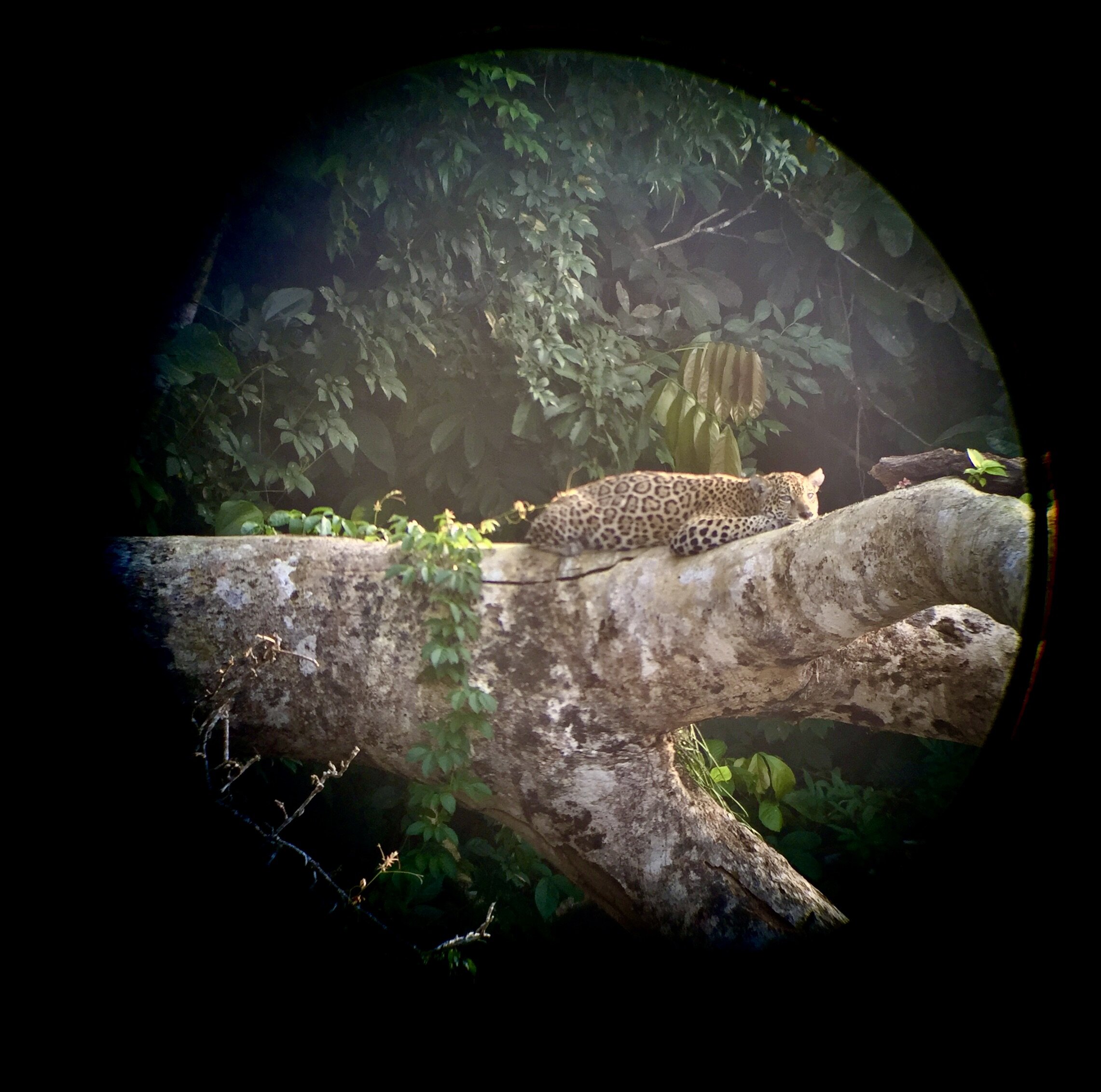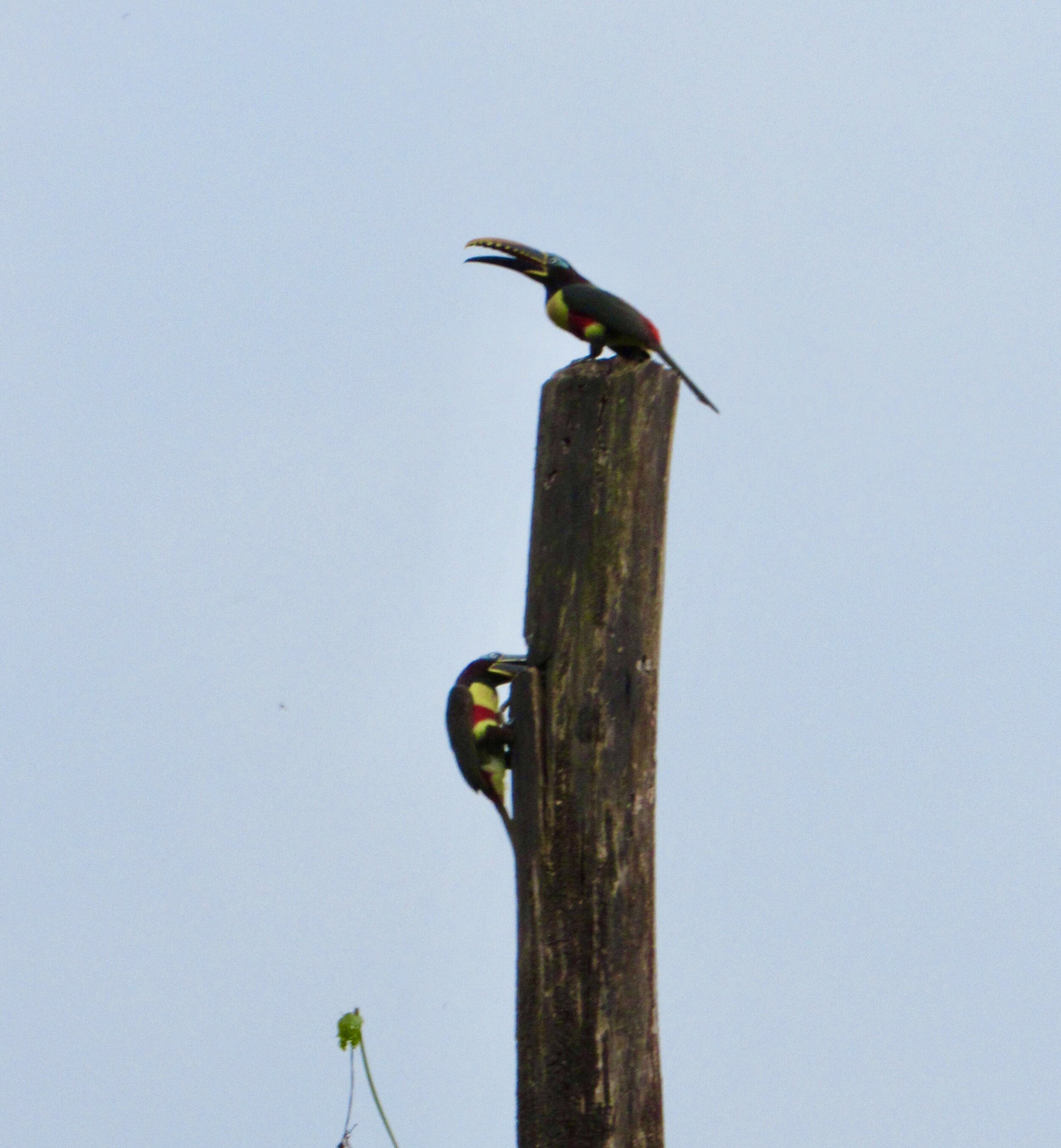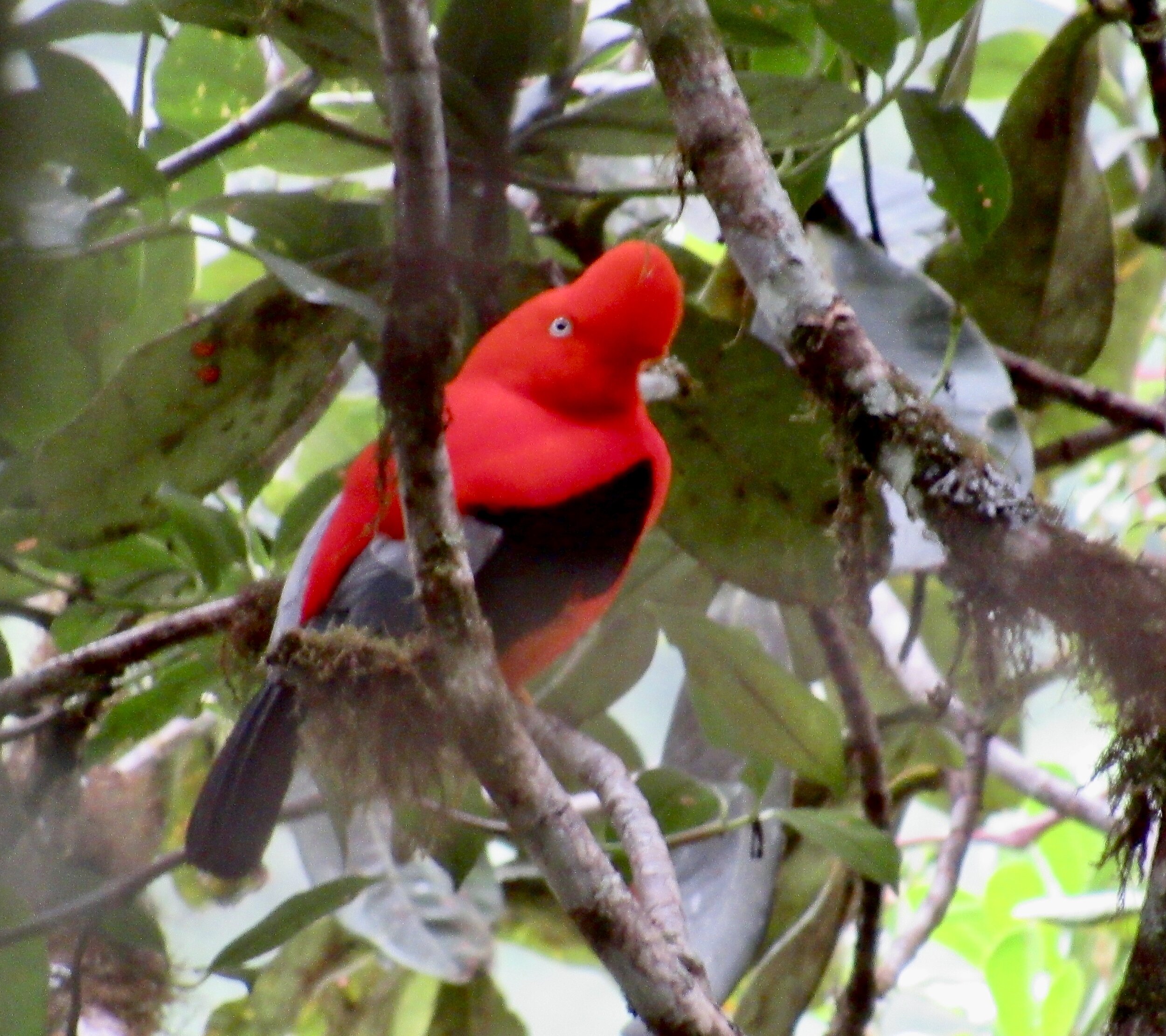Manu, the Peruvian Amazon





Manu National Park, or Manu Biosphere Reserve, is a giant area of Peru’s Amazonian jungle. Only a small fraction of it is available to tourists, with the vast majority reserved for wildlife, native tribes and researchers who have managed to get a permit. Since UNESCO officially recognized it as a World Heritage site in 1977, the Peruvian government has been buying large areas of land that border the park. These buffer zones are open to tourists, but closed to any kind of development or logging. The reserve itself has never been logged or developed, and the native tribes who inhabit the area still follow their traditional way of life there. In the information I was given before the trip, I was surprised to see that we were instructed that if we saw any of the native people we were to leave the area immediately and notify park rangers.
Manú sounded like a truly wild place and on the recommendation of a friend who used to be a guide there, I signed up for an 8 day tour with www.manuadventures.com
It really is as spectacular as it sounds. I’ll post the species list of what I saw at the end of the blog, so as not to bore those of you who aren’t into long lists.
We started out with a long drive from Cusco up to Acjanaco at about 13,000 feet. Heading down the eastern side we immediately left the dry climate of Cusco and were in the cloud forest. At this point the asphalt ended and the rest of the road was bumpy dirt. Driving down towards the jungle we stopped several times to get out of the van to spot birds. Our first waa a Golden Headed Quetzal, followed by a Blue Banded Toucanet and the famous Gallito de las Rocas. It was a very good start to a trip where we frequently saw uncommon and rare birds.
The transition from cloud forest to jungle was abrupt. I had to put away my down jacket and wished I could just wear a swimsuit at about the same time. Unfortunately, due to mosquitoes and tropical bugs, I had to wear pants and long sleeves the whole time we were in the jungle. Once we were down below the cloud forest I was hot and sweaty for the next week - until we drove back up into the cloud forest again on the way back to Cusco.
The first night we stayed at a lodge near the road, with just a short hike into the jungle. It was beautiful and secluded, with lots of tanagers during the day and fireflies at night. We left early in the morning and by noon had reached the end of the road - from here on we traveled by boat.
The second night was our first at a lodge only accessible by boat. There were lots of monkeys around when we first got to the lodge, but in the night it started raining and didn’t stop until around noon the next day. The rain ruined our chance to zipline through the canopy, which is normally what people get to do at this second lodge.
Getting back on the boat in the morning, everything was wet. I was a little disappointed that the rain would make it harder to see wildlife, but the guide explained that we were still in an area of secondary forest and that the next day (our fourth day of travel) we would finally get to the reserve and the primary forest. The area is so remote that it takes four full days of travel from Cusco to even get there.
Day four: we finally entered the primary forest. We again got up early and were on the boat before 7am, which was early enough to see hundreds of blue headed parrots, yellow crowned parrots and orange cheeked parrots eating clay from the river bank. The clay allows them to eat wild fruits which otherwise would have too many toxins or caustic chemicals for them to digest. It was beautiful and loud.
This day we left the part of the river with rocky banks and entered an area with sandy beaches along both sides of the river. The best thing about the sandy banks was that we were finally in an area with caiman. I didn’t even try to count how many black and spectacled caiman we saw. Black caiman are usually 7 to 14 feet long, although older males can grow to 16 feet. There are a lot of reasons why swimming in lakes and rivers of the reserve is forbidden, but I imagine that caiman are pretty high on the list. Spectacled caiman are smaller, but their jaws are just as strong, teeth just as sharp and tail just as powerful as the larger black caiman.
That night, at the fourth lodge, we were finally far enough into the jungle to spend two nights at the same place. There were lakes to explore, trails through the jungle and so much more wildlife to see even from the river banks. Our first morning (which was the fifth day of the trip) we set out in a boat to see if we could find the famous and endangered giant otters. The population of giant otters is still decreasing, despite efforts to preserve the habitat it still has left. For the first time we were in a wide, flat boat that was paddled by our boat captain and his helper. All of our river travel was in a long motor boat, so it was a relief to be on a quiet boat.
The lake was a circular abandoned meander of the Madre de Dios river, named Salvador Lake. We got up at 4:30 so we could be on the boat before 6am. After half an hour of paddling quietly down one half of the lake, without seeing any otters, we turned around to go back and see if we would have any luck on the other half. Just a few minutes after turning around we saw what everyone hopes to see in the jungle: a jaguar.
The sun was just rising and the jaguar came out of the jungle, walked down a large fallen tree trunk to the water and drank from the lake for a few minutes. We weren’t very close to the jaguar and didn’t dare paddle any closer. We watched the jaguar walk back up the trunk to a flat spot in the sun and lay down to soak up the morning rays. It was so magical! We watched it for about an hour, taking pictures and looking through binoculars and the guide’s telescope. Even from our distance, we could tell that the jaguar was massive. And yet, it moved just like a house cat. It lapped water from the lake just like a cat. It stretched out in the sun just like a cat. It laid its head on its paws and watched us just like a cat.
Eventually we had to tear ourselves away and paddle back to the boat launch because guides have to sign up for two hour slots on the lake, since there is only one boat. You wouldn’t want more than one group on the lake at a time anyway, since people have a tendency to scare away wildlife, no matter how quiet we are. We told the next group where we had seen the jaguar, but heard later that by the time they got there it had disappeared into the jungle again.
The next day we had to leave. I had thought that an eight day trip would give me plenty of time in the jungle, but considering that it took three full days to even get to the reserve, even an eight day trip only gives you one full day in the jungle, with only two nights at the final lodge. Day six we had to begin the long trip back to Cusco.
We got up at 4:30 again and had a long day on the river, trying to stay under the boat’s cover to keep from getting too sunburned. Sunscreen and hats can only do so much.
Our reward that night was the most beautiful hot springs I have ever seen. I’ve been to a lot of hot springs up in the mountains of Idaho, some of which are truly primitive and require a long hike or a couple days by river to access. The aguas termales de Comunidad Nativa Shintuya were just that beautiful. They have been developed just enough to have a large pool, but to still feel truly wild. Since we were camping by the springs we were able to enjoy a long soak far into the night - despite knowing that we had to get up at 4:30 again the next day to get back on the river.
This was my first time in South America’s jungle; all my other trips in Peru have been in the mountains. I do love the Andes, but now that I’ve seen the wildlife present in the jungle, I feel very differently about the eastern part of Peru. The Amazon is under attack in so many places, mostly due to logging and people clearing the forest for cattle grazing. At least this Peruvian part of the high Amazon is preserved.
The whole trip was amazing, but the hour we spent watching that jaguar was truly extraordinary. I will definitely have to find another part of the Amazon that has been preserved enough to visit.
